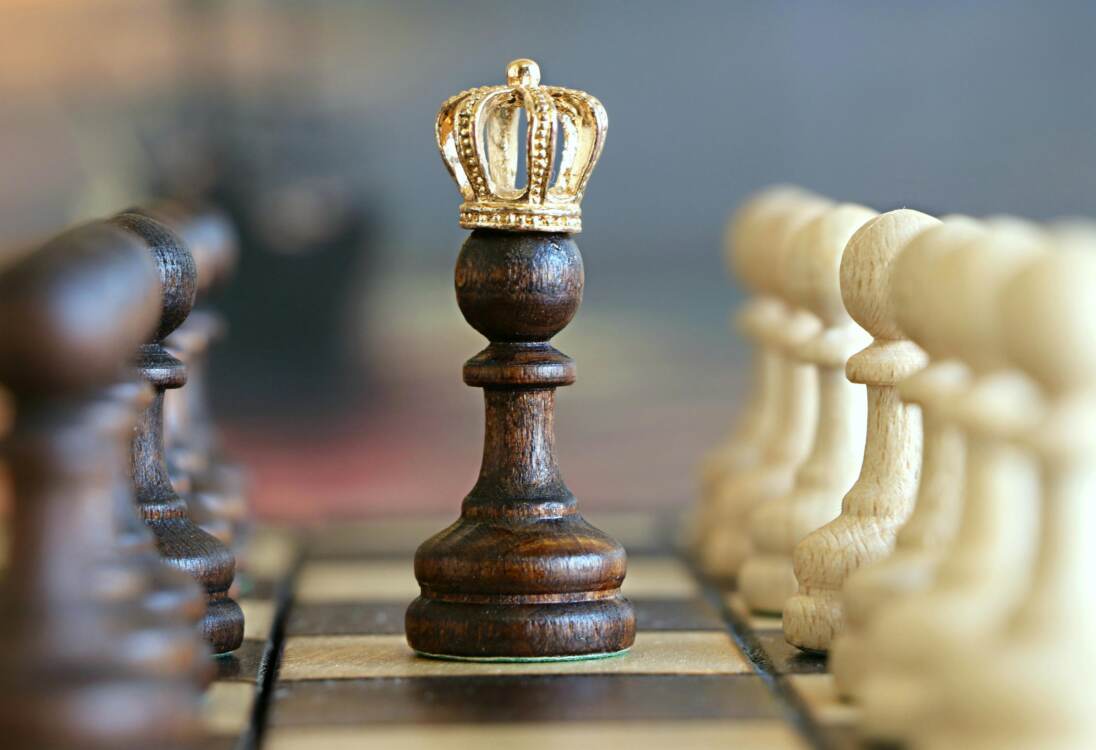What is PCB?
PCB stands for Printed Circuit Board and these pieces are used for connecting electronic components from conductive tracks on a copper sheet. In industries like telecommunications, automotive, medical, and consumer electronics the use of PCBs is prevalent. The prototype PCB assembly process should be understood, when determining what you need for your PCB. PCBs are the key element of modern electronic devices. PCBs are small and are at a relatively low cost of production, which makes them an attractive choice because of their flexibility.
PCB Assembly Process
PCBs are commonly used throughout our daily life and the process of PCB assembly is much more simple than you might think.
Components
First, solder paste needs to be applied to the PCB and then you will place the necessary components onto the board. Applying components to a PCB is done by hand or machine. Some common PCB components include resistors, capacitors, transformers, diodes, and transistors.
Resistors are the most common PCB components used in PCB assembly near me since they pass on currents of electricity to make a voltage. Capacitors hold charges and release them, whenever power is needed. Transformers are used to transfer electricity between circuits. Diodes are what make an electronic current flow only in one direction. Transistors are used to control the electronic signals for a board.
Reflow Solder
Reflow is when the solder is melted, so it will solidify. The board, along with the components on it, is moved through an oven. The oven heats the solder, initially liquifying it, this assures that the connection is formed before the PCB is moved to a cooler. When the PCB is moved to the cooler, the solder hardens to make the connection sturdy enough to use.
Test
Now the PCB gets a look over to be sure that all of the pieces appear to be in place. If the PCB appears to have the right look, the next step is assembly.
Assembly
Through-hole PCB assembly USA takes place when components are inserted with leads into holes that are drilled into the PCB. The leads are soldered onto pads, beneath the board, usually through a process of wave soldering. This process only occurs in the THT process, not the SMT process.
THT stands for through-hole technology and SMT stands for surface mounted technology. THT is the process listed above. SMT is used to put together electronic circuits, components are placed right onto the PCB. Surface mount devices have leads that let the component rest on an open track of the PCB. The solder paste is carefully placed over open areas and the components are placed into the solder paste. The PCB is heated to reflow the solder. Because there is no need for holes, SMT components can be smaller than THT ones. SMT process can give you smaller PCBs and the possibility of a more affordable PCB.
Finishing Touches
It is time to inspect the PCB and determine if the PCB assembly was a success. The board, the components and the points they were soldered together are inspected. The PCB is cleaned in addition to the inspection. The cleaning is to remove any debris from the PCB. The PCB goes through the process of functionality tests. If the PCB assembly process went correctly and the PCB works properly, you have the finished product.
Search for PCB Assembly Services
Finding the right manufacturer to provide you with the right PCB for what you need can be difficult. Understanding what you need from a PCB is the most important, then you can determine the best choice between the processes. The structure that you provide will be used to transfer over to the tangible PCB.
Featured client/products:
Glass Floors | Semi Truck Ramp | Glass Blocks| SEO Services Near Me | Steel Yard Ramp | Ramp for Loading Dock | Glass Flooring | Loading Dock Ramps | Portable Yard Ramp | SEO Company Near Me | SEO Agency Akron | SEO Expert Near Me | Marketing Agencies Near Me | Marketing Agency Akron
Yard Ramps | Yard Ramp





